The Critical Role of Pipeline Inspection in Safeguarding Energy Infrastructure
The oil and gas industry relies heavily on pipelines to deliver hydrocarbons from production sites to refineries, distribution centers, and, ultimately, consumers. Given the importance of pipelines in this process, it is critical to ensure their integrity and safety. Pipeline inspection in the oil and gas industry involves more than just a standard maintenance procedure. It is an essential component in protecting energy infrastructure, the environment, and communities along pipeline routes.
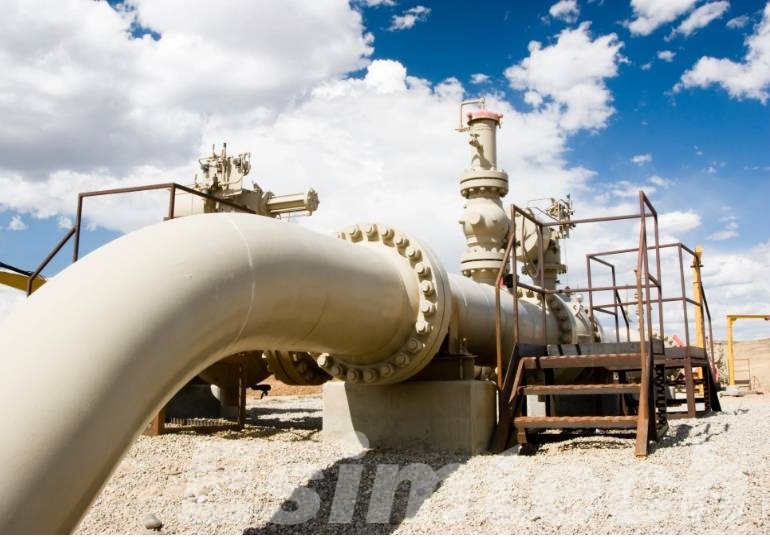
Importance of Pipeline Inspection in the Oil and Gas Industry
The oil and gas industry operates vast networks of pipelines that span continents, traversing diverse terrains, including deserts, mountains, and oceans. These pipelines are vulnerable to a variety of hazards, including corrosion, mechanical damage, third-party intervention, and natural calamities such as landslides and earthquakes. Left unchecked, these risks could lead to catastrophic failures, resulting in environmental damage, loss of life, and significant financial losses. Pipeline inspection plays a crucial role in identifying potential threats and mitigating risks before they escalate into emergencies.
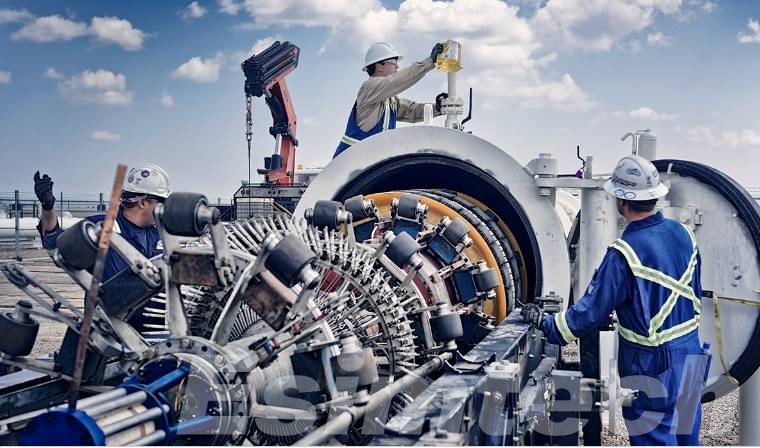
Common Methods of Pipeline Inspection in the Oil and Gas Industry
Pipeline inspection employs various methods and technologies to assess the condition of pipelines and detect defects or anomalies.
1. Inline Inspection (ILI) or Smart Pigging
Inline inspection, also known as smart pigging, involves the deployment of specialized inspection tools, known as smart pigs, into the pipeline. These tools are equipped with sensors and instruments that collect data as they travel through the pipeline. There are different types of smart pigs designed to detect specific defects.
- Magnetic Flux Leakage (MFL): MFL pigs use magnets to detect changes in magnetic field strength caused by metal loss, such as corrosion and erosion.
- Ultrasonic Testing (UT): UT pigs use ultrasonic sensors to measure wall thickness and detect defects such as cracks, laminations, and weld anomalies.
- Electromagnetic Acoustic Transducers (EMAT): EMAT pigs use electromagnetic waves to generate ultrasonic signals, allowing for the detection of defects without direct contact with the pipeline wall.
ILI is effective for inspecting long sections of pipelines and can detect a wide range of defects, including corrosion, cracks, dents, and weld anomalies.
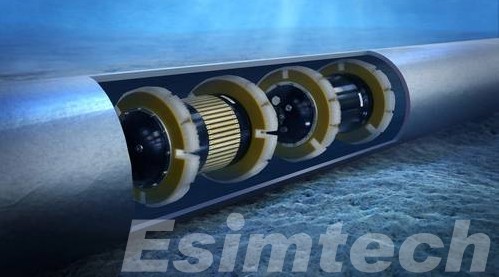
2. Visual Inspection
Visual inspection involves visually examining the exterior of the pipeline for signs of damage, corrosion, leaks, or third-party interference. Inspectors may walk along the pipeline route, use aerial drones equipped with cameras, or employ remotely operated vehicles (ROVs) to access remote or hard-to-reach areas. Visual inspection is essential for detecting surface defects and anomalies that may indicate potential integrity issues.
3. Cathodic Protection Survey
Cathodic protection is a corrosion control technique used to prevent corrosion of metal pipelines by applying an electrical current or sacrificial anodes. Cathodic protection surveys assess the effectiveness of cathodic protection systems by measuring pipe-to-soil potentials and inspecting sacrificial anodes for signs of corrosion or depletion. These surveys help ensure that pipelines are adequately protected against corrosion.
4. Acoustic Emission Testing (AE)
Acoustic emission testing involves detecting transient acoustic signals emitted by the growth of defects or cracks within the pipeline. AE can identify active corrosion or defects that may pose a risk of failure. It is particularly useful for detecting defects in pressurized pipelines or monitoring the growth of defects over time.
5. Ground-Penetrating Radar (GPR)
Ground-penetrating radar uses electromagnetic waves to detect changes in subsurface materials, such as the presence of voids, cavities, or metal objects. GPR is used to locate buried pipelines, assess their depth, and identify potential hazards, such as nearby excavation activities or ground movement.
6. Remote Monitoring Systems
Remote monitoring systems use sensors placed throughout the pipeline to continuously monitor temperature, pressure, flow rate, and vibration. Any deviations from regular operating circumstances can result in alarms, allowing operators to quickly analyze any problems. Remote monitoring systems give real-time data on pipeline performance, assisting in the identification of possible integrity issues before they become emergencies.
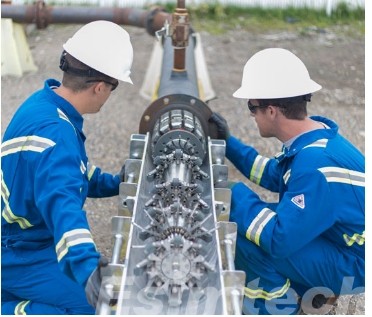
Technologies Driving Advancements in Pipeline Inspection
Advancements in technology have revolutionized pipeline inspection processes, enabling more accurate, efficient, and cost-effective assessments of pipeline integrity.
1. Advanced Data Analytics
Sophisticated data analytics technologies process massive amounts of inspection data gathered from multiple sources, such as inline inspection instruments, sensors, and visual inspections. These tools employ algorithms and machine learning approaches to detect patterns, trends, and anomalies in data. Operators can optimise maintenance schedules, prioritise repairs, and avoid costly mishaps by analysing previous data and predicting possible failure.
2. Artificial Intelligence (AI) and Machine Learning
AI algorithms analyze inspection data to detect and classify defects, predict future failures, and optimize maintenance schedules. Machine learning techniques enable algorithms to continuously improve their performance by learning from new data and adapting to changing conditions. AI-powered systems can automate data analysis, reduce human error, and provide actionable insights to operators, enhancing decision-making and efficiency in pipeline inspection.
3. Advanced Sensors and Imaging Technologies
Miniaturized sensors, drones, and aerial imaging technologies provide high-resolution data on pipeline conditions, allowing for more precise defect detection and assessment. Advanced sensors can measure parameters such as temperature, pressure, flow rate, corrosion rate, and wall thickness, providing real-time monitoring of pipeline performance. Drones equipped with cameras and LiDAR (Light Detection and Ranging) sensors can conduct aerial inspections of pipelines in remote or inaccessible areas, reducing the need for ground-based inspection crews and improving safety.
4. Robotic Inspection Devices
Robotic platforms and autonomous inspection vehicles equipped with sensors and cameras can navigate inside pipelines, conducting inspections and collecting data in hazardous or inaccessible environments. These robotic devices can access areas that are difficult or dangerous for humans to reach, such as pipelines buried underground or submerged underwater. By autonomously inspecting pipelines and transmitting data in real-time, robotic inspection devices improve efficiency and reduce the risk to human inspectors.
5. Non-Destructive Testing (NDT) Techniques
Non-destructive testing techniques, such as ultrasonic testing (UT), magnetic flux leakage (MFL), electromagnetic acoustic transducers (EMAT), and guided wave testing (GWT), enable the detection of defects and anomalies in pipeline walls without causing damage to the pipeline itself. These techniques provide detailed insights into the condition of the pipeline, including the presence of corrosion, cracks, weld defects, and other integrity issues.
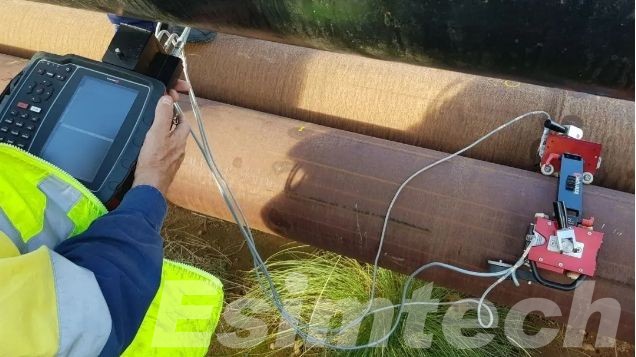
Simulation Technology Used in Pipeline Inspection
Simulation technology is increasingly being used in pipeline inspection to enhance training, optimize inspection strategies, and simulate various operating scenarios.
1. Training and Education
Simulation technology provides a realistic and interactive training environment for pipeline inspectors. Trainees can practice several inspection scenarios, such as navigating pipelines, evaluating inspection data, and detecting flaws. Virtual reality (VR) and augmented reality (AR) simulations allow trainees to immerse themselves in lifelike environments, improving their understanding of inspection procedures and enhancing their decision-making skills. Additionally, simulation technology enables trainees to practice emergency response procedures, such as leak detection and shutdown protocols, in a safe and controlled environment.
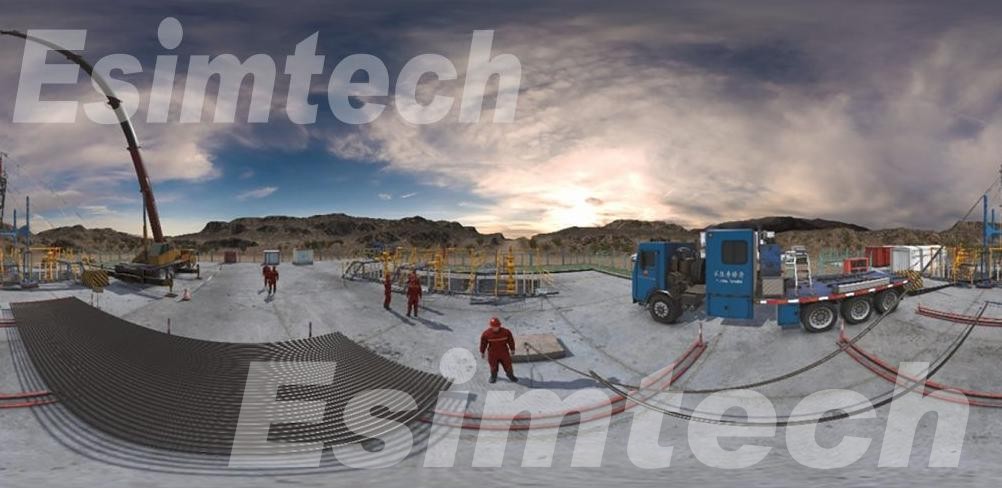
2. Inspection Planning and Optimization
Simulation technology helps optimize inspection strategies by simulating different inspection scenarios and evaluating their effectiveness. Operators can simulate the deployment of inspection tools, such as smart pigs or drones, along the pipeline route and assess factors such as coverage, speed, and cost-effectiveness. By analyzing simulation results, operators can identify potential challenges or bottlenecks and adjust inspection plans accordingly to maximize the detection of defects and ensure thorough coverage of the pipeline.
3. Risk Assessment and Management
Simulation technology enables operators to assess and mitigate risks associated with pipeline inspection activities. Operators can simulate various risk scenarios, such as equipment failures, environmental hazards, or third-party interference, and evaluate their potential impact on pipeline integrity and safety. By quantifying risks and identifying potential vulnerabilities, operators can develop risk mitigation strategies and implement proactive measures to minimize the likelihood of incidents or accidents during pipeline inspection operations.
4. Performance Evaluation and Continuous Improvement
Simulation technology allows operators to evaluate the performance of inspection equipment and procedures in simulated environments. Operators can simulate the performance of different inspection tools, sensors, and technologies under various operating conditions and assess their accuracy, reliability, and efficiency. By analyzing simulation results, operators can identify areas for improvement and implement enhancements to optimize inspection processes and enhance overall performance.
5. Emergency Response Planning
Simulation technology facilitates emergency response planning easier by modeling hypothetical pipeline mishaps or accidents and assessing response options. Operators can simulate leaks, ruptures, and equipment failures to evaluate the efficacy of emergency response methods such as leak detection, shutdown processes, and containment measures. Simulations allow operators to discover weaknesses in emergency response plans, develop response methods, and maintain readiness to effectively minimize the effects of pipeline problems.
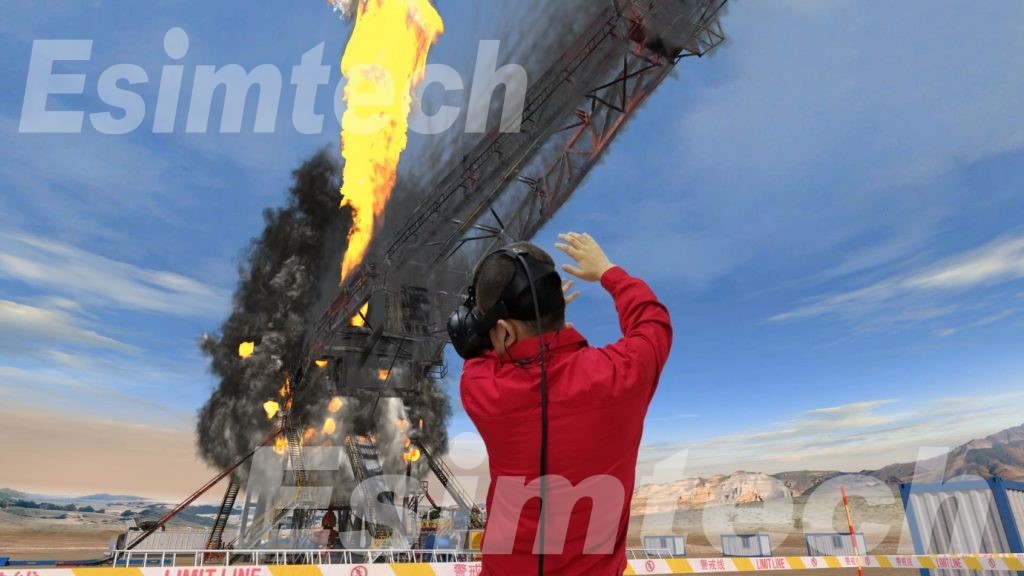
6. Regulatory Compliance and Reporting
Simulation technology assists operators in meeting regulatory requirements by simulating inspection activities and generating reports for regulatory compliance purposes. Operators can simulate inspection processes, record inspection data, and generate comprehensive reports documenting inspection results, findings, and corrective actions. Simulation technology helps ensure transparency, traceability, and accountability in pipeline inspection operations, facilitating compliance with regulatory standards and requirements.
Conclusion
Pipeline inspection is a crucial aspect of maintaining the integrity, safety, and reliability of oil and gas infrastructure. Operators can proactively detect and address possible threats to pipeline integrity by using a combination of inspection methods and advanced technologies. pipeline inspection processes will become more sophisticated, enabling operators to stay ahead of emerging challenges and ensure the continued safe operation of energy infrastructure.
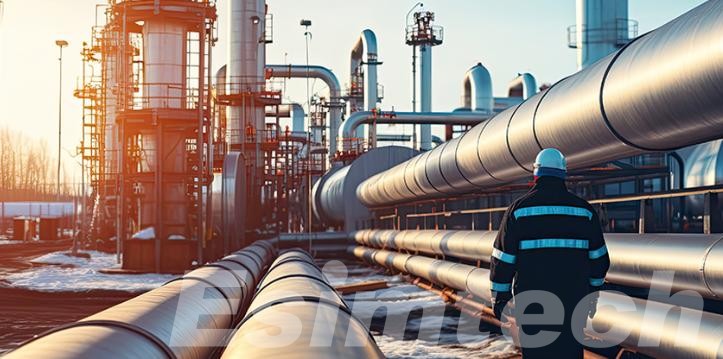
Simulation technology plays a valuable role in pipeline inspection. The application of simulation technology within pipeline inspection is still evolving, its integration into pipeline inspection processes will further enhance efficiency, safety, and reliability in the management of critical energy infrastructure.
